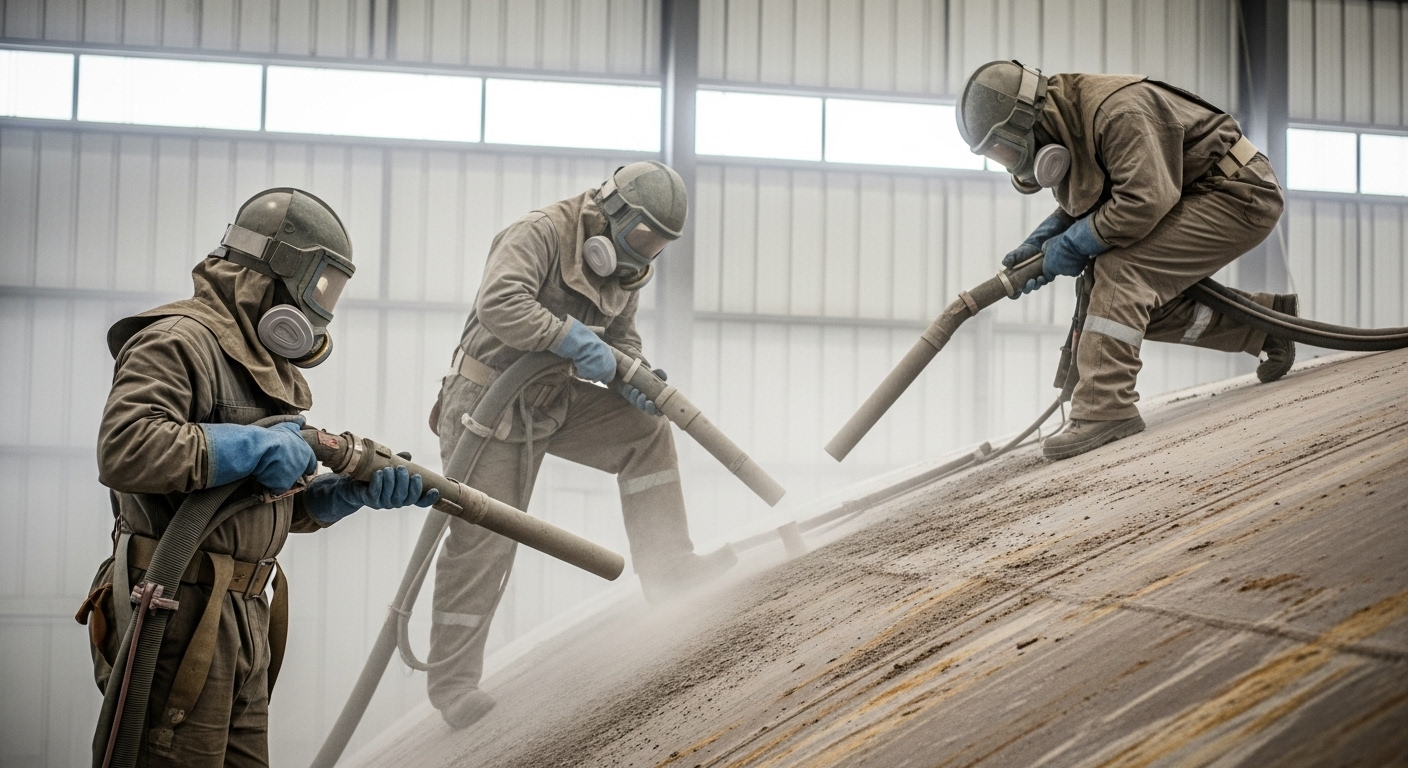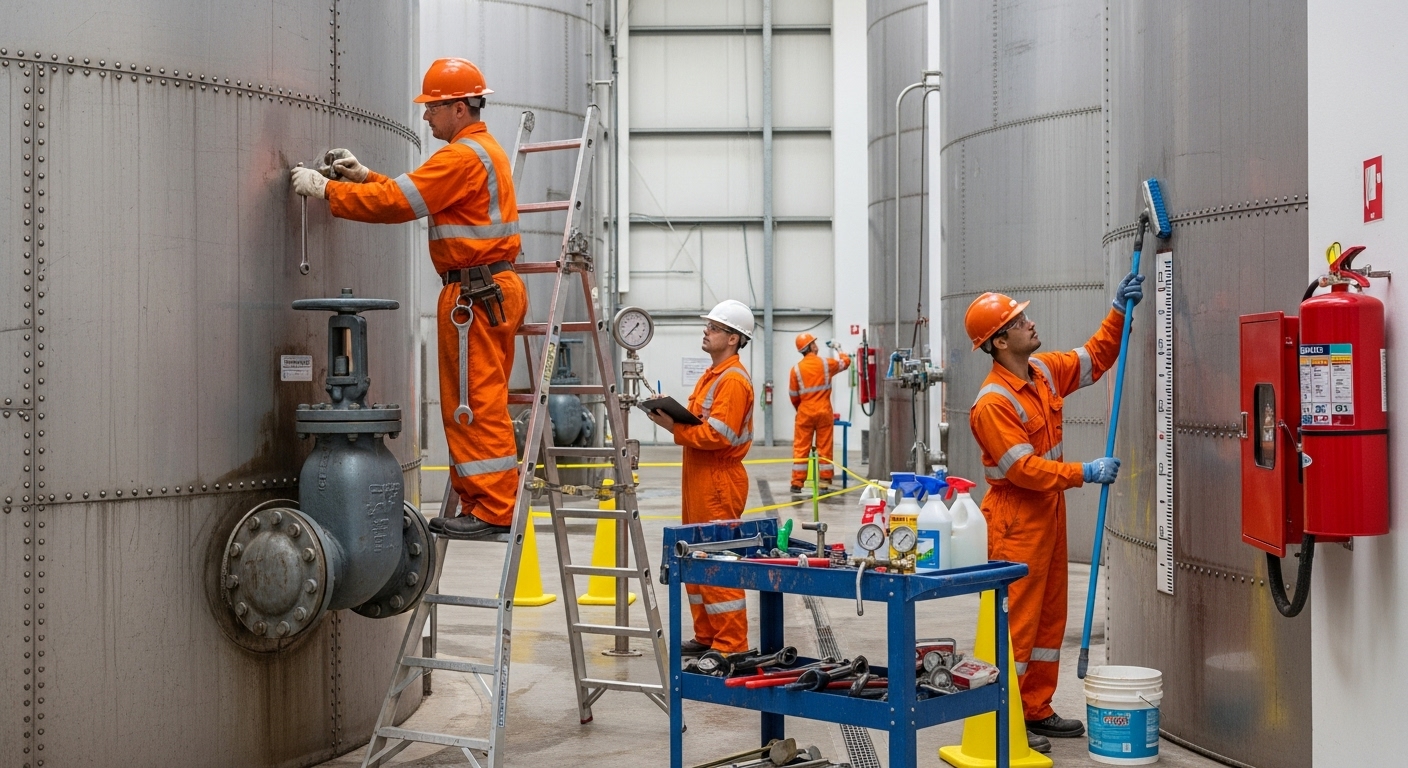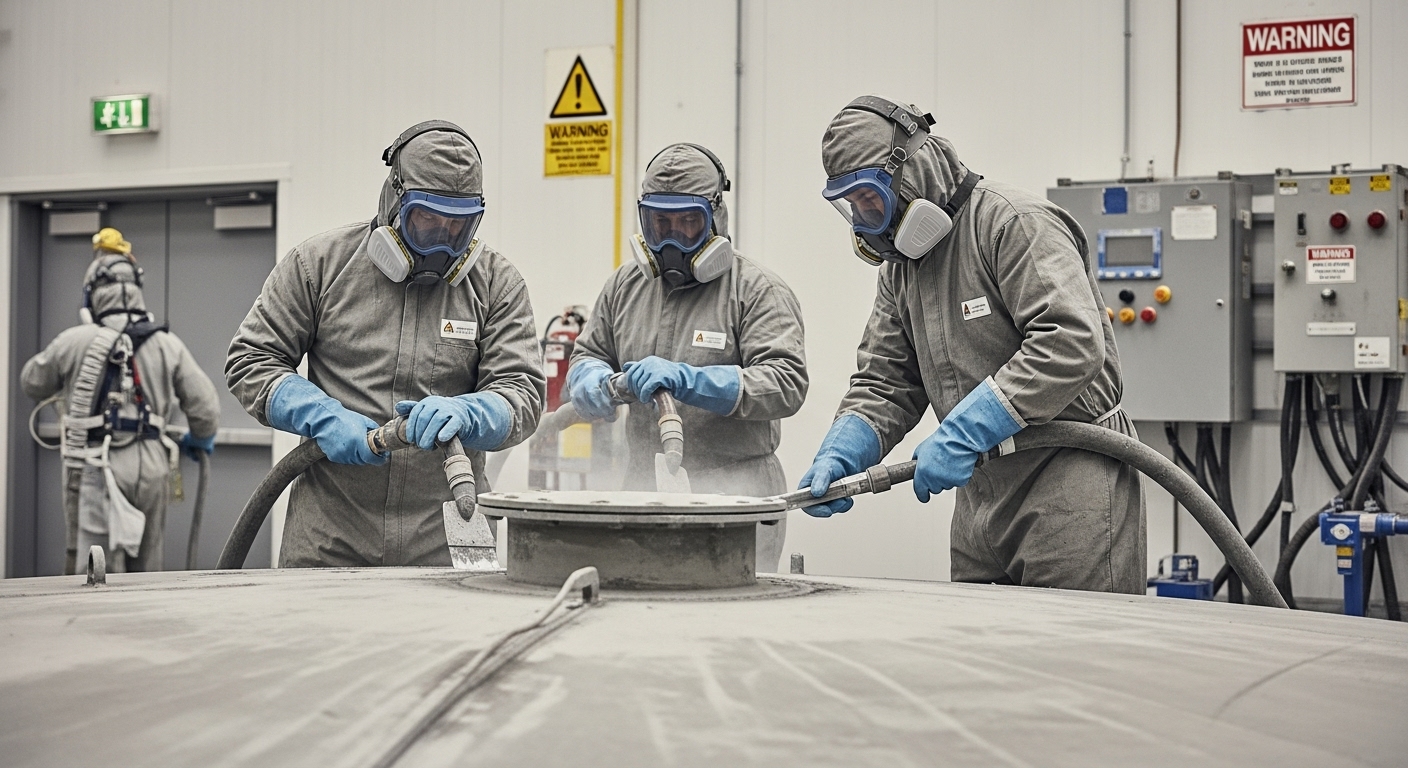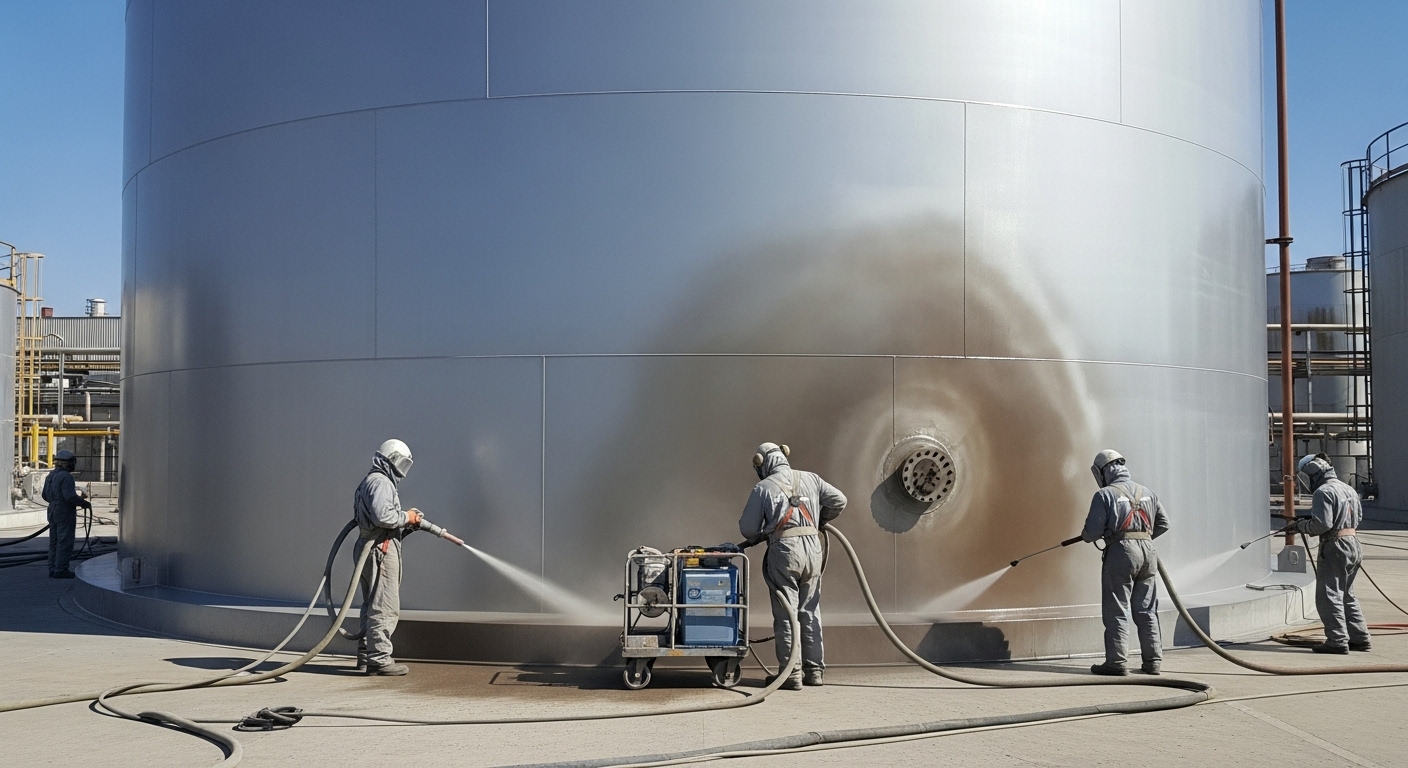Water is life, and behind every safe sip we take lies a system working tirelessly to keep it clean and secure. At the center of that system are water tanks and towers, which require careful upkeep to remain reliable.
Here’s the truth: without regular and professional water tank inspection services, communities risk contamination, structural failure, and costly repairs that could have been avoided. Inspections aren’t just another maintenance task—they’re a safeguard for public health, water quality, and infrastructure longevity.
The importance of proper inspections can’t be overstated. Whether it’s a municipal water tank serving thousands or an industrial tank ensuring operations run smoothly, inspection is the very first line of defense. This guide will walk you step by step through why inspections matter, what they involve, and how hiring expert teams ensures safety and compliance. Let’s break it down together and see what goes into protecting these vital systems.
Why Water Tank Inspection Services Are Essential for Long-Term Reliability
If you think of water tanks as giant protective shells, then inspection is the process that tells you if the shell is still strong. Professional water tank inspection services go far beyond surface looks. They assess water quality risks, pinpoint areas of wear, and check for cracks, corrosion, or leaks that may be hidden to the untrained eye.
These inspections play a critical role in extending the tank’s service life. A neglected tank doesn’t just wear out faster—it puts entire communities at risk. Problems like scaling, rust, or structural instability don’t appear overnight, but once they advance, repairs can be both costly and disruptive.
Beyond maintenance, inspections are also about compliance. Municipalities, industries, and even private facilities must adhere to strict safety and sanitation standards. That’s why inspections often include a safety compliance check, ensuring tanks meet local and federal regulations. It’s prevention, protection, and peace of mind in one process.
The Role of Water Tower Inspection Contractors in Safeguarding Community Infrastructure
When it comes to large-scale storage systems, only highly skilled water tower inspection contractors can get the job done. Inspecting elevated tanks or towers presents unique challenges—from height safety to accessing interior coatings. These aren’t tasks just anyone can handle; they demand training, specialized equipment, and deep technical knowledge.
Contractors often begin with visual surveys and drone-assisted footage, giving them a broad picture of a tower’s overall state. Next, detailed structural checks highlight areas affected by rust, weathering, or stress. Sometimes, this includes diving inspections for tanks that cannot be drained, especially in continuous-use municipal systems.
The expertise of these contractors ensures nothing slips through the cracks. They also provide reports that go beyond a list of problems, offering clear action steps such as painting needs assessment or coating renewal. For communities relying on towers to maintain pressure and flow, these services aren’t optional—they’re vital safeguards.
Detailed Tank Condition Assessment: What Inspectors Look For
A thorough tank condition assessment leaves no part of the structure unchecked. It starts with examining the exterior for visible cracks, peeling coatings, or corrosion. These surface clues often point to deeper problems hidden inside.
Once inside, inspectors look for sediment buildup, microbial contamination, or coating breakdown. These issues directly affect water quality and can compromise compliance with health standards. Structural integrity is another major concern. Weld seams, support beams, and foundations are carefully examined to prevent catastrophic failures.
Modern technology has made this process even more precise. Ultrasonic thickness testing, drones, and high-resolution cameras help inspectors identify weaknesses without causing disruption. All findings are compiled into detailed reports that guide maintenance planning, helping facilities budget and schedule work before problems escalate.
Why A Thorough Structural Tank Inspection Protects Public Safety
Every tank is a blend of engineering, design, and environmental exposure, and all of these factors degrade over time. A professional structural tank inspection evaluates whether the tank can still handle its designed load, withstand environmental conditions, and resist chemical reactions inside and out.
Inspectors measure wall thickness, check for foundation shifts, and analyze coatings to ensure they’re still effective. This is also where industrial tank evaluation comes into play, as different industries—like food processing or chemical storage—demand stricter standards than municipal use.
Think of it as a health check for the tank. Just as doctors detect hidden conditions before they become dangerous, structural inspectors prevent small cracks from evolving into failures that risk lives and resources. Paired with a safety compliance check, structural inspections reassure both operators and the public that tanks remain strong, stable, and secure.
The Importance of Routine Municipal Water Tank Inspection Programs
Municipal systems supply thousands, sometimes millions, of residents with safe drinking water. That’s why consistent municipal water tank inspection programs are non-negotiable. These inspections not only protect public health but also ensure tanks remain efficient in maintaining flow, pressure, and storage capacity.
Municipal inspections often include both internal and external reviews, along with testing for contaminants that could compromise water quality. They also cover the elevated tank assessment of towers, which face unique weathering and structural stress.
Another critical element is post-inspection reporting. Municipalities rely on clear, detailed reports to make budgeting decisions and prioritize repairs or repainting schedules. For example, an inspector might highlight coating wear that requires immediate painting needs assessment, preventing corrosion before it spreads.
Routine municipal programs turn inspections from a one-time event into a sustainable practice that ensures tanks meet health, safety, and environmental standards year after year.
Key Steps in Professional Water Storage Facility Inspection
A comprehensive water storage facility inspection follows a sequence designed to maximize accuracy and minimize downtime. It often begins with an initial visual walkthrough, followed by a review of historical maintenance records. Then, inspectors move into targeted methods such as ultrasonic testing, coating adhesion checks, and drone-assisted visuals.
In many cases, tanks need draining to allow for internal access. If that isn’t possible, divers with cameras can complete the inspection while the tank remains in use. This flexibility ensures facilities don’t compromise service during critical evaluations.
The process may also involve coating evaluations, sediment analysis, and checks on safety ladders or railings, tying directly into a facility’s safety compliance check. Finally, the inspector prepares a full report that includes photographs, condition ratings, and suggested next steps.
This methodical approach allows owners to plan maintenance planning effectively while keeping disruptions to a minimum.
Protecting Your Community with Trusted Water Tank Inspection Services
When you think about it, tanks and towers are more than structures—they’re lifelines that safeguard public health and community well-being. But their strength and reliability depend entirely on the consistency and quality of water tank inspection services. From small private systems to large municipal facilities, inspections catch issues early, ensure compliance, and extend service life.
They are not just about identifying cracks or corrosion; they are about prevention, safety, and building trust. Every step, from the initial assessment phase to long-term maintenance planning, adds up to stronger, safer infrastructure. Whether it’s a structural tank inspection or a recurring municipal water tank inspection, professional expertise ensures tanks remain reliable for decades.
Now is the time to make sure your system gets the attention it deserves. Schedule Your Professional Water Tank Inspection today and invest in the future of safe, clean water for your community.







